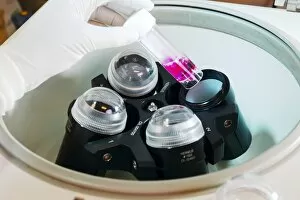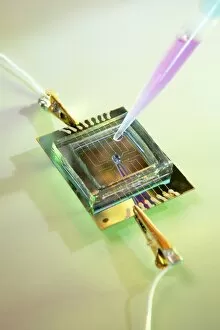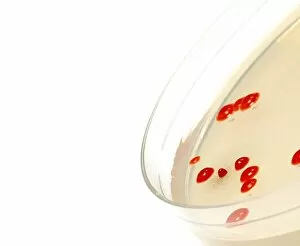Nutrient Medium Collection
"Unlocking the Secrets of Life: Exploring Nutrient Medium for Bacterial and Cell Culture Research" In the world of scientific discovery
All Professionally Made to Order for Quick Shipping
"Unlocking the Secrets of Life: Exploring Nutrient Medium for Bacterial and Cell Culture Research" In the world of scientific discovery, nutrient medium plays a vital role in various fields such as bacterial culture, cell culture research, and testing sputum for lung diseases. This essential concoction provides the necessary nutrients and conditions to support the growth and proliferation of microorganisms or cells. Bacterial culture is a fundamental technique used to study bacteria's behavior, characteristics, and response to different stimuli. By cultivating bacterial colonies on nutrient medium, scientists can observe their growth patterns under controlled laboratory conditions. These cultures serve as a valuable tool in understanding infectious diseases and developing effective treatments. When it comes to testing sputum for lung diseases like tuberculosis or pneumonia, nutrient medium acts as an incubator where potential pathogens present in respiratory samples can be identified. Researchers carefully analyze these cultures using specialized techniques to identify specific strains responsible for infections accurately. Cell culture research takes this concept further by utilizing nutrient mediums tailored specifically for growing human or animal cells outside their natural environment. In laboratories equipped with centrifuges and advanced electronics, researchers create optimal conditions mimicking living tissues within flasks or petri dishes. This allows them to investigate cellular behavior, develop new drugs or therapies, and unravel complex biological processes. Safety measures are crucial when working with live organisms; hence fume cupboards play a significant role in cell culture research labs. These enclosed workspaces ensure that potentially harmful substances released during experiments are contained while maintaining sterile environments required for successful cultivation. One fascinating application involves E. coli bacteria colonies viewed through light microscopy—a mesmerizing sight captured by light micrography techniques. The intricate structures formed by these tiny organisms provide insights into their morphology and interactions within the nutrient medium.





